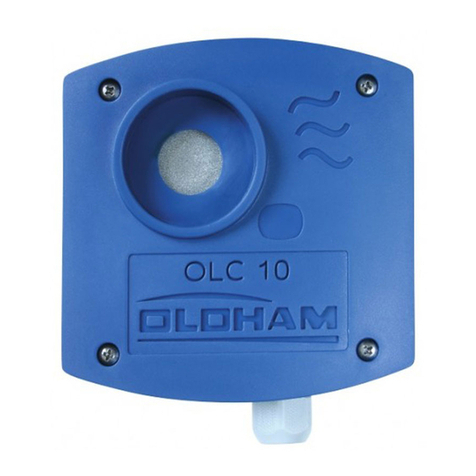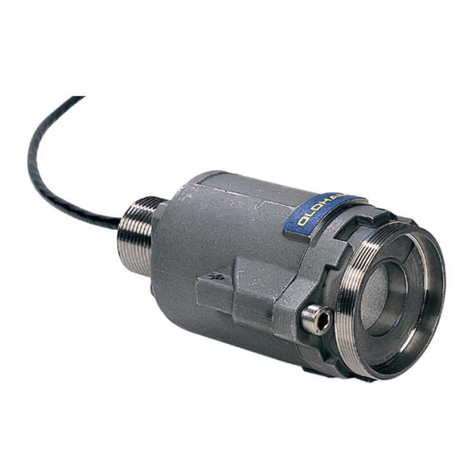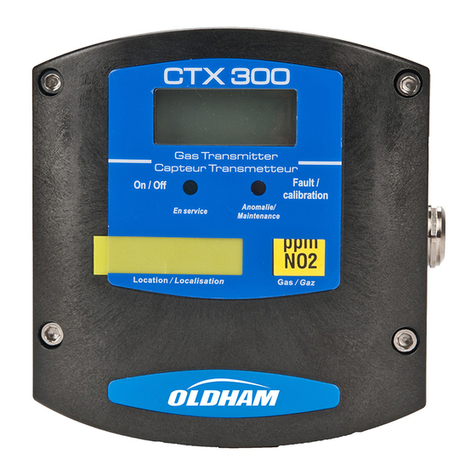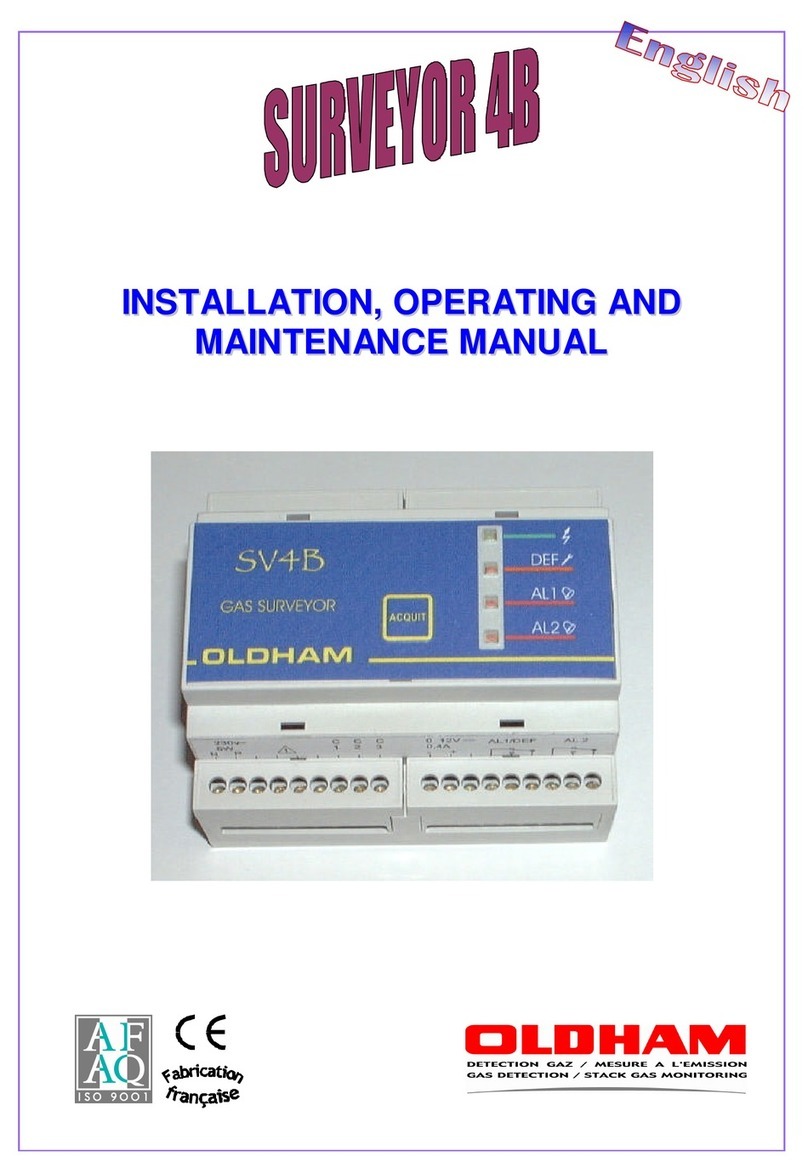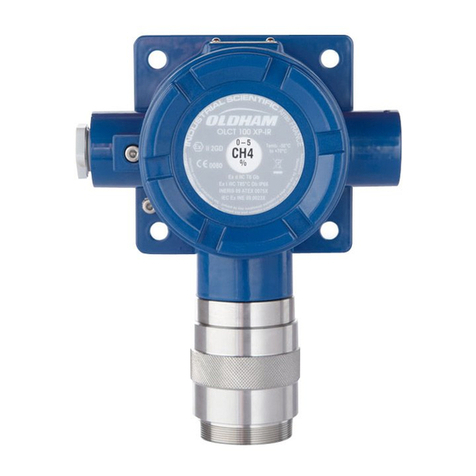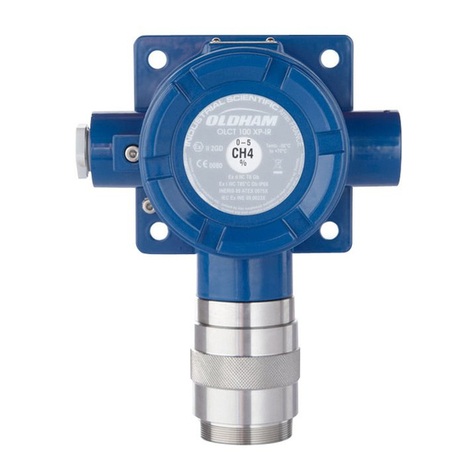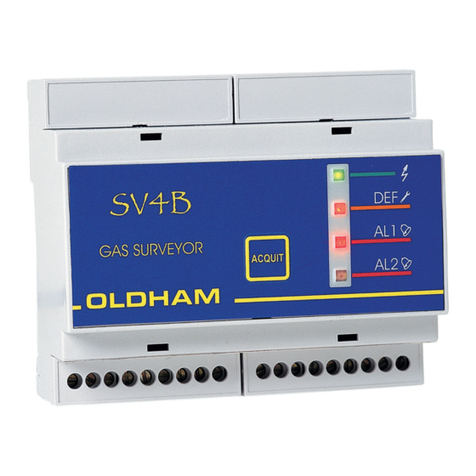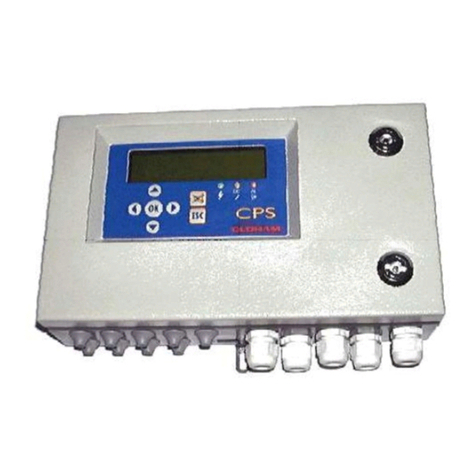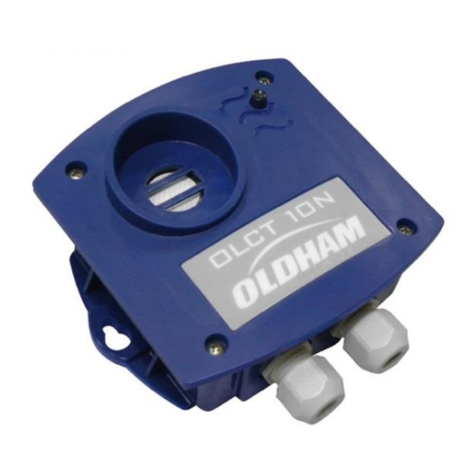
Contents
Chapter 1 | General Information ..............................................5
User Manual...............................................................................................5
Symbols used.............................................................................................5
Safety instructions......................................................................................6
Important information.................................................................................6
Liability limits..............................................................................................7
Chapter 2 | Introduction ...........................................................9
General Information ...................................................................................9
CTX300 CO2versions..............................................................................10
Composition .............................................................................................10
Chapter 3 | Installation and connection................................11
Installing the detectors .............................................................................11
Electrical connections ..............................................................................13
Chapter 4 | Powering up and use ..........................................17
Powering up .............................................................................................17
4-20 mA analog output.............................................................................17
Chapter 5 | Maintenance ........................................................18
Calibration................................................................................................18
Checking the current generator................................................................23
Replacing a sensor ..................................................................................24
Disposal....................................................................................................24
Chapter 6 | Spare parts ..........................................................25
CTX 300 CO2...........................................................................................25
Chapter 7 | Certification .........................................................27

